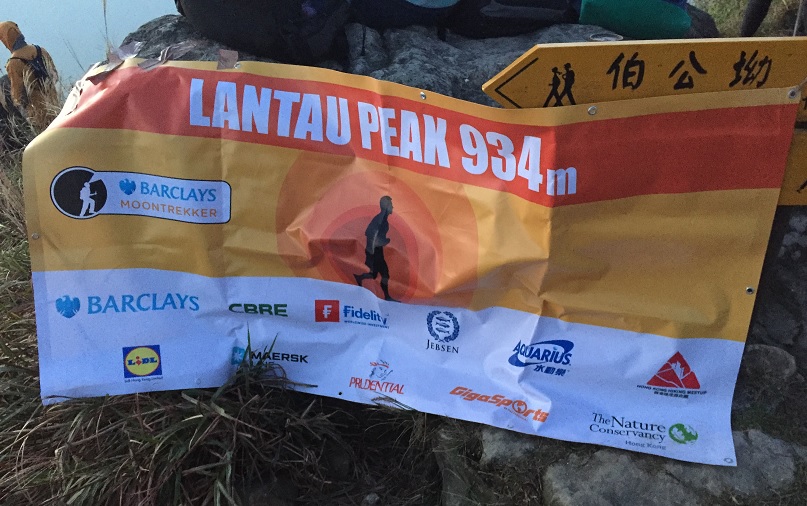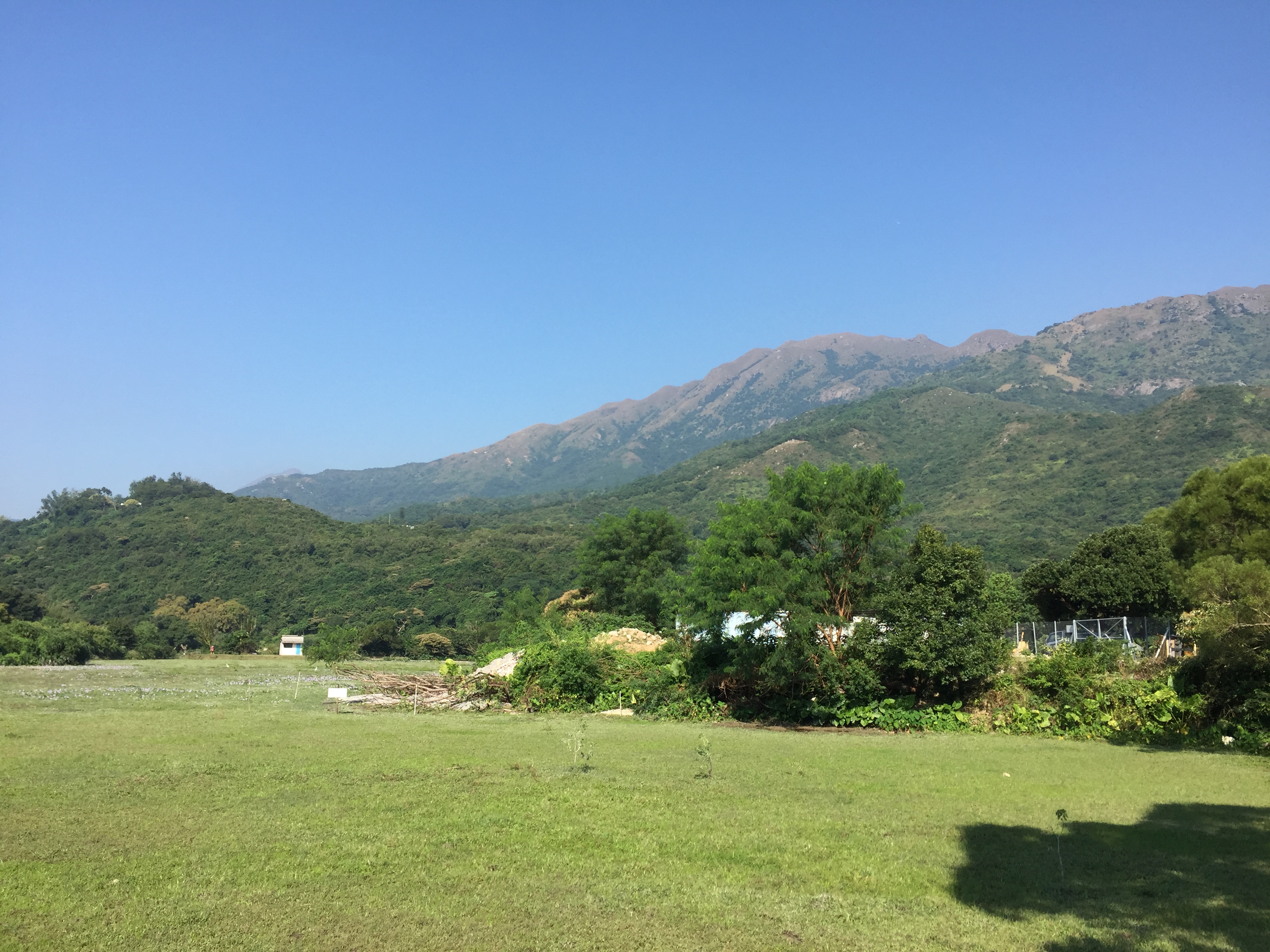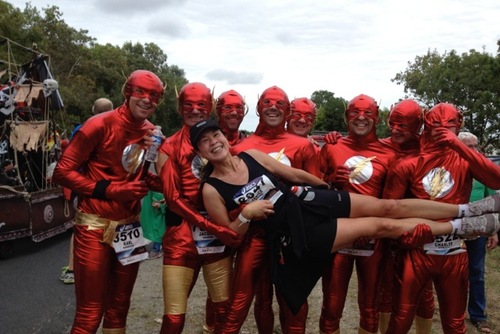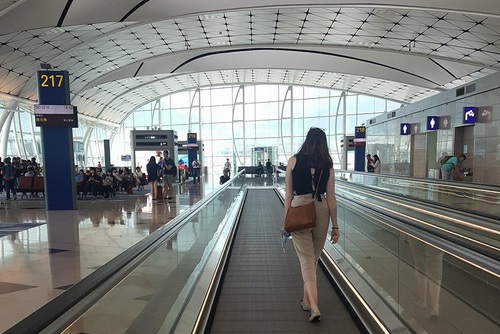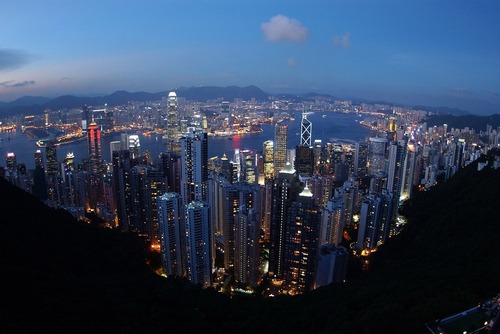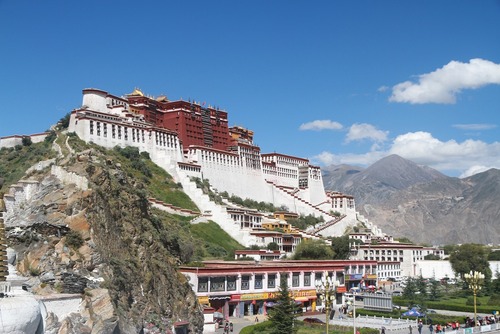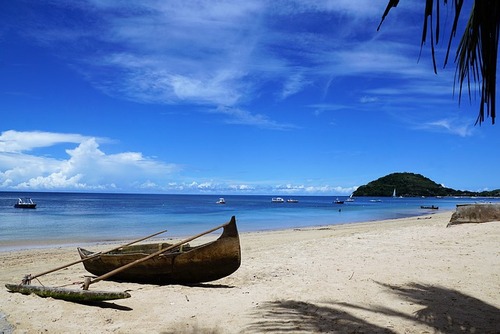Want to view some astonishing sights while exercising those all-important muscles, being careful not to lose your concentration?
Amanda Boby has been living in Asia for over three and half years, and in that time she has had the opportunity to partake in events you might not even know you could sign up for, let alone finish!
In this article, Manda provides you with more information, and personal accounts, on two popular competitions and sporting challenges in Asia that foreigners can enter which will have you, literally, jumping for joy.
Half Marathon, Cambodia
Early in 2012 I was still living in England; experiencing the seasonal changes where running (even small distances) meant layering up for, near enough, an Arctic expedition.
I had always wanted to run more and train to run greater distances (a few friends had inspired me to do so), however the job I had at the time meant I had limited evenings at home and had to muster up the energy to run after a long night shift. Not ideal!
Moving overseas however, and meeting like-minded people, gave me the push I needed to up the ante when training and have a, challenging yet motivating, goal to aim for.
I signed up for a few local runs, including one for a local NGO and a Colour Run, which was an interesting experience having dry paint launched at you every kilometre. All the same it’s an enjoyable event that prepared me for future challenges that I’d (unwillingly at times) put my name down for…including the Cambodia Half Marathon.
In December 2013, I headed to Siem Reap to join fellow runners to run the Angkor Wat Half Marathon. Having been to Siem Reap earlier in the year, I was well aware of the natural beauty that Angkor Wat beholds but wanted it to be one of those places where I overcame a challenge in my life.
Exercise has always been an important element of my life; whether through running, walking, dancing (when I was VERY young), cycling, netball or even snowboarding. I have been a witness to mental health problems in a work and personal context so I am well aware of the mental strength and sense of freedom that one can experience through exercise.
Yet, I am not going to sugar coat it…training meant dedicating many nights to running long distances (18K plus some nights) where your hit a point of ‘flow’ and it’s not until you’ve finished you realised what you’ve just achieved! I take my hat off to all the marathon runners out there…you’re truly inspirational.
The event itself is becoming more popular each year, with Angkor Wat (and Siem Reap’s town centre) being the main pull. It is also for a worthy cause: money raised goes to support those affected by landmines, that still to this day still remain in Cambodia, a country affected by warfare in recent history.
It is an excellent charitable event, as you can also raise money for other organisations while you’re there. There’s a small joining fee that goes towards their chosen charity and you can gain sponsorship separately if you wish to. It takes place in December, when temperatures are not at their peak, however be prepared for the heat when the sun rises, therefore make sure you’re adequately hydrated.
I managed to complete it in 2.5 hours, which I was more than happy with as 18 months before I didn’t think I could do more than 3 kilometres!
I did take part in the 10K a year later at the same event, and friends competed the half marathon again in December so an event that seems to be a favourite, and not just with expats in Asia but backpackers, locals and people coming for the weekend or doing their rounds of the marathons in Asia.
If you are looking for an adventurous ‘half’ then this is the one for you! Search Cambodia adventure tours.
Moontrekker Challenge, Hong Kong
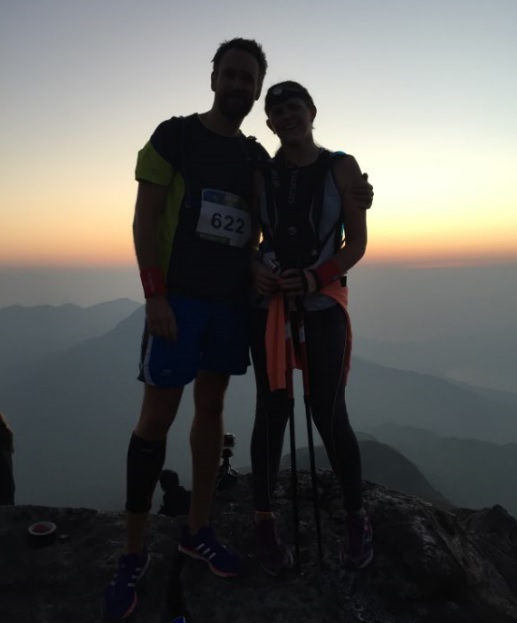
For a slightly different challenge there is also Moontrekker. This is a well-advertised event in the Hong Kong calendar. Due to studying I felt behind with my exercise regime so I needed a new challenge to reignite that buzz I felt after the half marathon…on to a night trek!
Moontrekker is not for the faint-hearted…on no! It’s one that will leave you aching in places…well I don’t need to elaborate. A few friends had taken part the year before and spoke about the terrain being treacherous and a great deal of pressure on the knees. I thought it sounded horrific…why would anyone want to put himself or herself through this?
I don’t know whether it’s still the buzz of living overseas but you find yourself signing up for events that will push you way beyond your comfort zone, forcing you to embody a level of determination you didn’t know you had. Moontrekker is a 30K trek (there is an option to do a 43K sunrise trek, that most people run) to Lantau Peak.
It starts at 11pm and continues through the night until you reach the finish line, at one of the beaches on Lantau Island. You have 4 checkpoints along the way.
Most people complete it after a full week of working, and if you live on mainland China, like us, it also involves venturing down to Hong Kong by train, after work.
The event is sponsored by Barclays and the money raised goes to Hong Kong’s conservation charity, who are aiming to maintain Hong Kong’s natural beauty. If you know Hong Kong, you appreciate it not just for the city skyline but the outlying areas such as the islands, beaches and national parks.
So…positive reasons all round to take part.
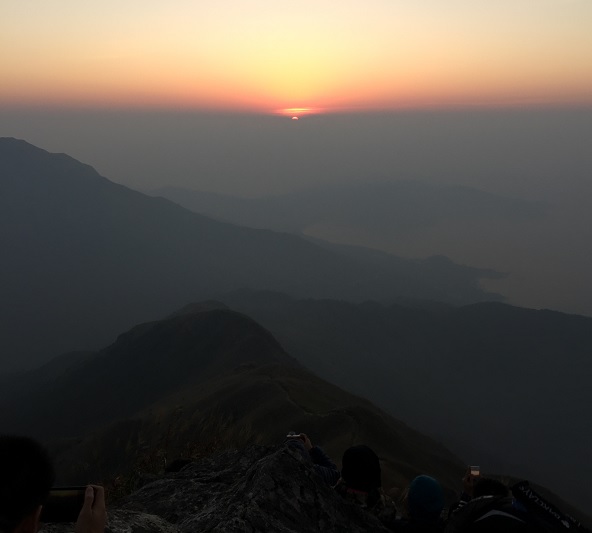 Low and behold, an email came out at work during the summer asking if anyone wanted to take part…my husband and I, and a few friends decided to sign-up.
Low and behold, an email came out at work during the summer asking if anyone wanted to take part…my husband and I, and a few friends decided to sign-up.
We had a few months to prepare so all would be fine. On October 16th 2015, the day had finally arrived. After months of strengthening our legs (long walks, running, walking up 20 flights of stairs instead of getting the lift) we were ready (almost).
It felt very strange starting an event at night, knowing I wasn’t going to be horizontal (at least I was hoping) for another 12 hours! We loaded up on carbs, put all our essentials (I suggest taking poles) in our camel packs and set off on the ferry.
I had similar nerves to what I had on my wedding day; I guess a mixture of excitement and anticipation for what was coming. We ran the first few kilometres, which were flat, to give us a head start.
The first section was quite enjoyable, with the path being quite rough but nothing compared to what was coming.
We’d heard that one section was quite difficult but it never seemed to be materilaising, until we reached the peak! Our aim was to reach it before sunrise, so we knew we were on target. Just before the entrance to the peak trail you go past the monastery, where you can hear the monks chanting.
Although this felt quite a lonely part of the trek, it was also very thought provoking, atmospheric, and allowed some processing time in the early hours of the morning. Next came the challenge of the peak: a 2K ascent, and although short compared to other climbs in Asia, after 21K of walking with no sleep it feels like the hardest climb possible.
We made it though, about 25 minutes before sunrise and stayed there for 40 minutes in total then started the arduous descent to the finish line! You would think this was the easy part; think again; you feel pressure on your knees like never before. My advice is, don’t hang around too long for sunrise if you want to make a good time…something we’ll look to do next year…Yes! We will be signing up again.
After the event we headed straight to bed, after having a shower of course, as you end us sweating so much (you need plenty of water) and your hair and body lets off odors you didn’t know existed.
However the buzz was immense, after a few days of getting over the aching, even more than the half marathon. It tested me at times, but allowed me to push myself further and leave me thinking how much more resilience can we demonstrate?
I have a few friends that have completed the Everest Base Camp in the last year; I admire their determination and it’ll be interesting to see what we all sign up for next!
I hope this article will inspire people to push themselves to improve a skill they have; a dream that’s developing or a hobby, in ways they didn’t think possible.
These events are completed by thousands each year and there are many like them, which I hope to research in the coming years, but to me these will always stand out as a starting point to develop a hobby that I had, but didn’t necessarily know where to start.
Search adventure tours in Asia to find your next trip.
By Amanda Boby

